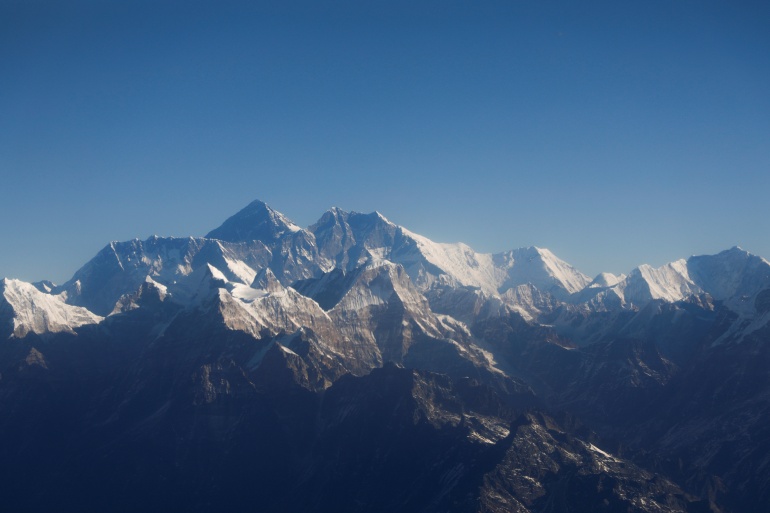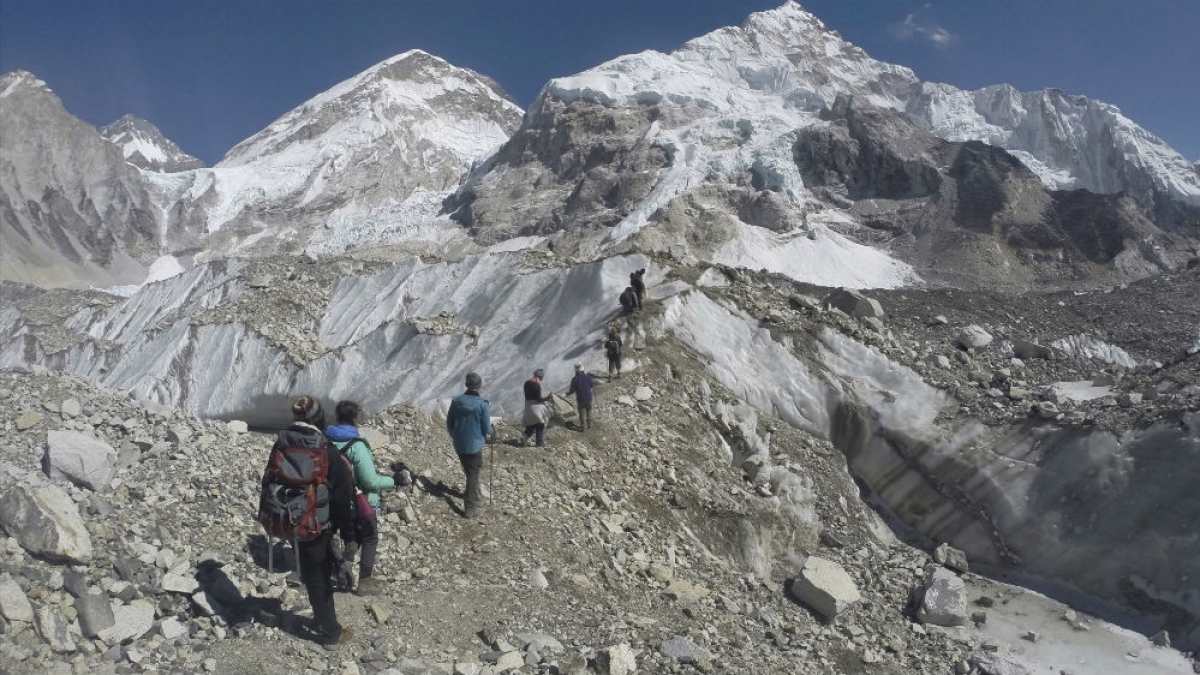The rule, which will come into effect from April 1, is aimed at ensuring the safety of travellers and creating more jobs.
Nepal has made it mandatory for all tourists who trek in the country’s Himalayan region to hire local assistance, officials say.
The rule, which will come into effect from April 1, is aimed at ensuring the safety of travellers and creating more jobs, the dpa news agency reported.
Mani Raj Lamichhane, spokesperson for the Nepal Tourism Board (NTB), the agency behind the decision, on Tuesday said every tourist will have to hire a guide or porter through a registered trekking company.
The new rule will apply to established trekking routes within the purview of the Trekkers’ Information Management System, where each trekker, including free independent trekkers, must obtain permission from the NTB.

The new rule, however, will not affect the climbing industry which has its own set of regulations.
“It will help ensure a safe trekking experience while allowing us to keep track of trekkers and provide timely rescue services in case of any emergency situations, ” Lamichhane said, adding the decision was taken in consultation with the country’s Trekking Agencies’ Association and Joint Tourism Trade Unions Forum.
According to Lamichhane, every year, NTB receives about 40 to 50 cases of missing trekkers along the trail, and authorities often face problems in tracking and rescuing them.
Previously, tourists were allowed to trek solo without local assistance or with unregistered guides or friends.
Nilhari Bastola, the president of the Trekking Agencies’ Association of Nepal, said that the new regulation would benefit both trekkers and the tourism industry.
“The majority of individuals who perish or disappear while trekking are those who go alone without a guide or an understanding of the terrain. These tragedies could have been avoided if they had a local guide,” he said.
Several trekking routes in Nepal are remote, often without roads, communication facilities, and are far from human settlements. In case of an emergency, it can take several hours to days to rescue trekkers in these areas due to the challenging terrain and lack of infrastructure.
The move is expected to provide a huge boost to local tourism and create employment opportunities for thousands of guides and porters whose livelihoods have been affected by the slowdown in tourism caused by the COVID-19 pandemic.
While most stakeholders in Nepal have hailed the decision as a win-win for tourists and high-altitude workers, there are concerns that the new rule might discourage travellers from visiting Nepal and hit the industry gradually recovering from the coronavirus pandemic.
In February, Nepal received a total of 73,255 tourists via air travel, which is nearly four times higher than the number of tourists who arrived during the same period in the previous year, according to the NTB.
Nepal is home to some of the world’s most popular trekking trails, such as the Annapurna Circuit below Mount Annapurna and the Everest Base Camp trek in the foothills of Mount Everest.
Sumber: www.aljazeera.com
 Skip to content
Skip to content

